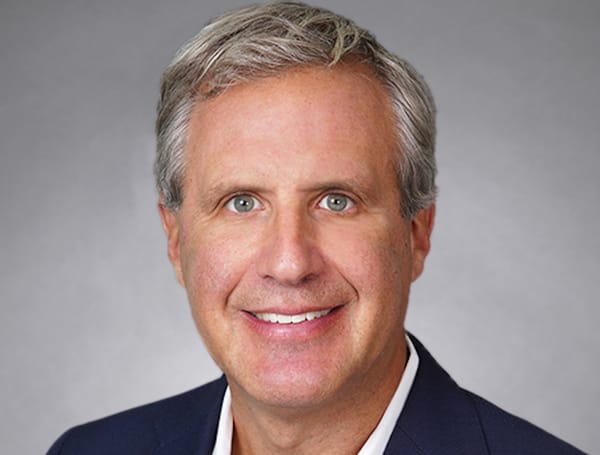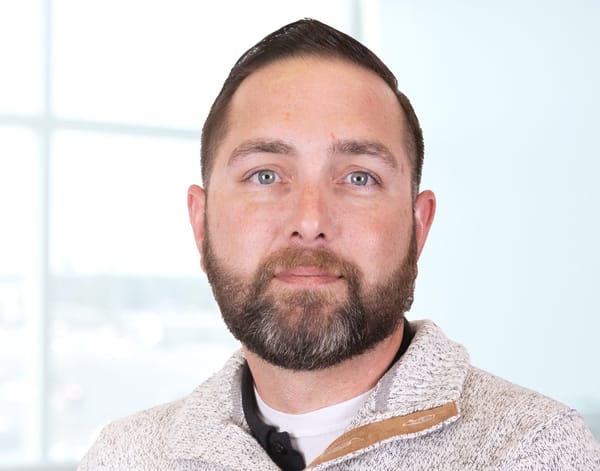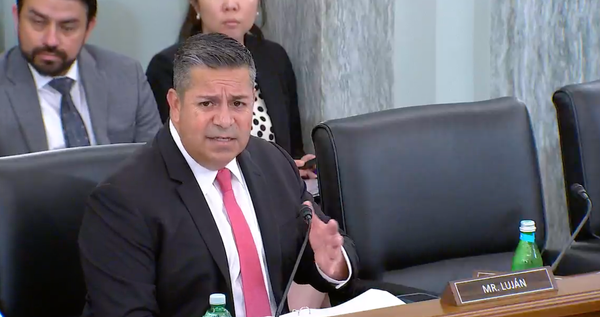Drew Clark: We Need Humans to Make Digital Inclusion Work
A core component of Americans — about 20 percent — are not connected to the benefits of better broadband.

Humans still matter.
In the age of digital automation and personalized AI agents, this simple truth may be the most surprising fact of the burgeoning movement for digital navigators.
Today (and tomorrow), we’re excited to be a part of the Connect20 Summit here in Washington and online. Together with Network:On and the National Digital Inclusion Alliance, Broadband Breakfast has helped to gather the key leaders in this space for this free event here in Washington.
It’s not too late to participate online. In fact, we invite you to view the event page and sign up for Free Zoom Registration. You’ll also receive access to the videos of each of today’s sessions.
Listening to Angela Siefer
In the lead-up to the event, I had to chance to catch up with Angela Siefer, executive director of the NDIA. She’s a leader in the digital equity movement, and has done so much to define this field that we now call “digital inclusion.”
“Technology is not going to solve the digital divide” without people involved, said Siefer. “There is a necessity of a human” who can guide or navigate those who need help managing technology and the internet.
Think of it this way: Will our nation enable digital adoption through better broadband access, or through more affordable internet connections? The answer, of course, is both/all. Access, affordability and adoption must work together.
Siefer says, referencing the Affordable Connectivity Program that provides a $30/month subsidy to lower-income internet users, “If we had only ACP and no digital navigators, we wouldn’t make much progress. If we had only classes in front of an instructor, that wouldn’t work either.”
The last few years have prompted a groundswell of understanding, Siefer said, about the role of digital mediators, i.e, “a person who can help you with your digital needs.”
The Connect20 Summit will discuss the role of these persons that we call digital navigators.
Why Connect20?
The Connect20 Summit is built around the understanding that a core component of Americans — about 20 percent — that are NOT connected to the benefits available through broadband internet services.
In a blog post last year, officials at the National Telecommunications and Information Administration highlighted the fact that “internet access means access to education, healthcare, jobs, and entertainment. It’s essential to full participation in our modern economy,” wrote the authors, Michelle Cao and Rafi Goldberg.
“Still, NTIA data show that about one in five U.S. households are not connected to the Internet at home,” they write, citing barriers that range from cost to access to no computer to a lack of interest or awareness.
The NTIA’s Broadband Equity, Access and Deployment program is one important initiative to make sure all Americans are connected to affordable broadband; the ACP program administered by the Federal Communications Commission is another. Both are enabled by the bipartisan Infrastructure Investment and Jobs Act, which was signed two years ago tomorrow.
But what does this mean for digital navigators?
From a stool to a ladder
Previous discussions about digital inclusion often centered around a metaphor of a “stool” that included access, affordability and adoption.
But Siefer said that we now realize there is a better paradigm. It is a digital ladder or pathway with about five steps:
The first is affordable connectivity itself. This presumes access to broadband, but it also includes making individuals aware of ACP and helping them sign up for it.
Second is the role of appropriate digital devices. Lots of work that needs to be done in this space because of a surfeit of low-quality computing equipment that’s become too prevalent since the pandemic, said Siefer.
Third are digital skills. This is where digital navigators really shine. They guide the disconnected by understanding their needs and empathizing with what they must learn and where they want to go.
Fourth is tech support. This is generally more specific to devices that have stopped working. “If you have resources, you go to your Genius Bar,” quipped Siefer. “If you don’t have resources, the device gathers dust.”
Fifth are applications. Interestingly, this can mean “application” in the sense of something like an application for benefits or an unemployment application. Or it could mean a software application that someone is trying to use for the first time. While NDIA doesn’t focus on specific applications, someone who has been trained by a digital navigator will have the confidence to get answers to their digital dilemmas.
Better Broadband, Better Lives
The confluence of the IIJA’s provisions to promote broadband equity, access and deployment present a once-in-a-generation opportunity to connect these 20% of Americans who don’t subscribe to home broadband.
Digital navigators are indeed the key to helping all American get on this pathway.
Our motto at Broadband Breakfast is “Better Broadband, Better Lives.” We’re passionate about this topic not just because we want better broadband. But it’s also because – with the help of digital navigators – we want to see everyone on the ladder of opportunity that leads to better lives.










